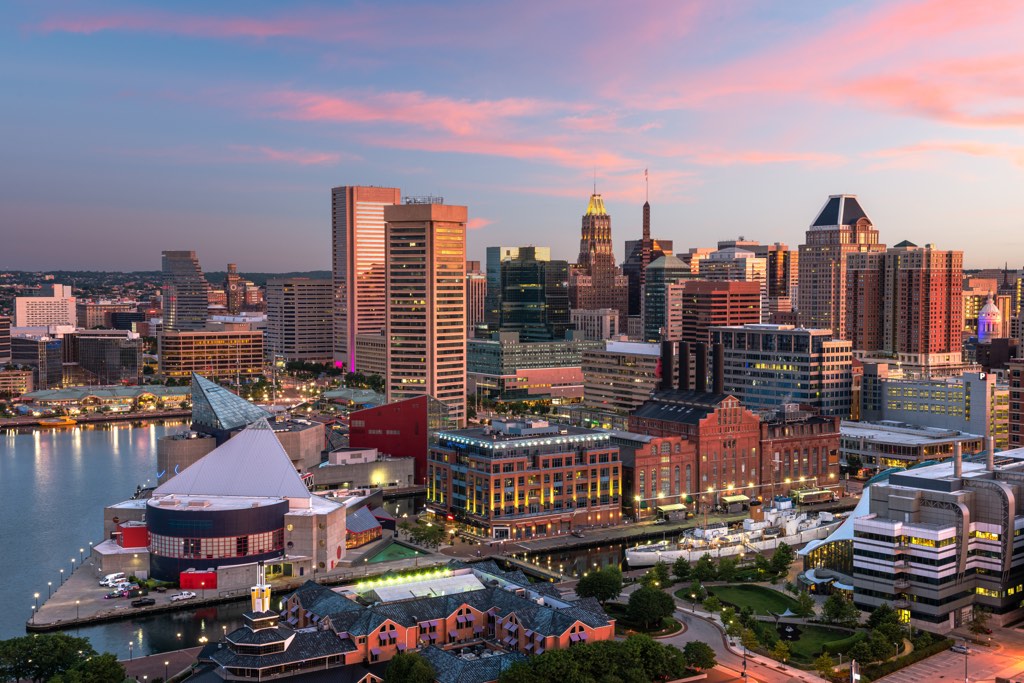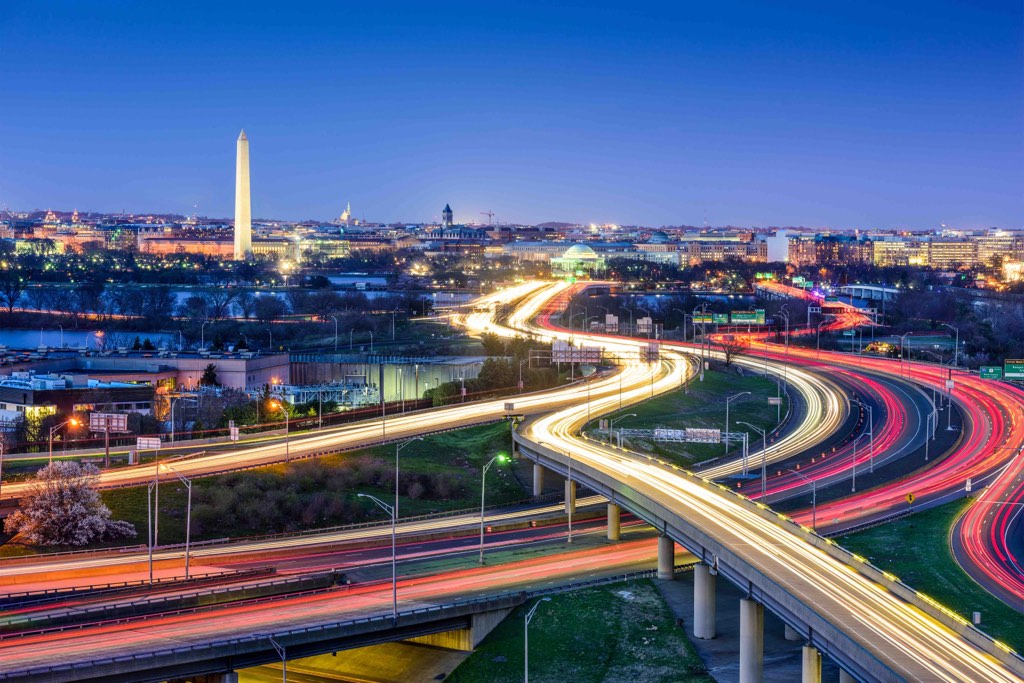
Over the years, Charm City has faced challenges such as abandoned buildings and rising crime rates, which have played a role in a decline in Baltimore’s population.
To us, Baltimore is a hidden gem. It’s an incredible, resilient city that has faced its share of hardship. These challenges have led to a population drain from Baltimore proper, and unfortunately, the city’s policies don’t always incentivize buyers to seek out Baltimore real estate.
One policy that makes real estate less desirable is the high property tax rate, which currently stands at more than double that of neighboring counties in the state. This excessive tax has deterred potential homebuyers and residents, diminishing the city’s vibrancy and making it more expensive for residents to stay within city limits.
We’re rallying for change. By advocating for a lower property tax rate, we aim to make Baltimore an appealing and affordable place to live, encouraging families and businesses to thrive. Join us in signing a petition to spark a positive transformation and breathe new life into the city we all call home.
Baltimore’s Declining Population
In 1950, Baltimore City thrived with a population of 948,000 residents. However, over the years, that number has dwindled significantly, now standing at only 570,000. The rate of departure from Baltimore averages at 550 individuals per month. The city’s property tax rate, surpassing double that of neighboring counties, presents a significant challenge, rendering Baltimore noncompetitive with its surrounding areas. Contrastingly, numerous major cities that have implemented lower property tax rates witnessed an immediate population surge and a concurrent reduction in crime rates. A reevaluation of Baltimore’s property tax rate would play a pivotal role in revitalizing the city and restoring its appeal.
Case in Point: Washington D.C. – San Francisco

To address Baltimore’s declining population, it’s imperative to draw insights from similar scenarios that witnessed successful turnarounds. Take, for instance, our neighboring city, Washington D.C. Between 1950 and 2000, Washington D.C. faced a comparable population decrease. However, a pivotal change occurred in 1999 when Congress introduced the Tax Parity Act, ensuring that the property tax rates were competitive with surrounding counties. Following this tax reform, Washington D.C. experienced a swift population uptick. In the period from 2000 to 2022, the city’s population surged by 12%, while during the same timeframe, Baltimore’s population decreased by 12%. Similar positive outcomes were seen in San Francisco when legislators promptly reduced the tax rate from 3% to 1%, resulting in an immediate population increase.
Furthermore, the correlation between the reduced property tax rates and the decline in crime rates is evident in both San Francisco and Washington D.C. In the wake of their respective tax reforms, both cities have seen consistent decreases in crime rates each year. Contrastingly, Baltimore has experienced a steady rise in its crime rate, emphasizing the impact a reduced property tax rate could have on fostering a safer and more secure environment.
Throughout the last 25 years, Baltimore’s city council and mayor’s office have increased the tax rate on 19 occasions, with merely 6 years since 1998 where the tax rate remained unchanged. The lack of tax reform has contributed to an inevitable decline in Baltimore’s population. Without necessary changes to the tax structure, the city’s downward population trend is likely to persist.

Bringing about a significant transformation necessitates our collective responsibility as residents to urge our city council and mayor to proactively consider reducing the tax rate. By uniting our voices and advocating for a more competitive property tax rate, we can instigate positive change in Baltimore. It’s crucial to engage in constructive dialogue, demonstrating how a lower tax rate can stimulate economic growth, encourage population retention, and foster a more vibrant, thriving city for all its residents. Through active participation and engagement with our local representatives, we can pave the way for a brighter future and a more prosperous Baltimore.
Sign a Petition to Make Baltimore Properties Affordable
As a united community, we aim to drive positive change and to facilitate this, we’re working with Renew Baltimore to initiate a petition advocating for a reduction in the property tax rate. Our proposed plan outlines a gradual decrease in the tax rate over 7 years, aiming to prevent economic disruption and ensure a smooth transition, culminating in a tax rate of $1.20 by 2031. Although this figure would still position Baltimore City with the state’s highest tax rate, it aligns competitively with neighboring areas. This strategic shift is anticipated to invigorate business opportunities, providing a feasible environment for entrepreneurs to establish and sustain their enterprises within city limits.
Presently, homeowners within the city face property taxes amounting to roughly $4,500 annually for a $200,000 home. Upon the completion of the 7-year reduction plan, these same homeowners would see a significant decrease, paying only $2,400 per year. This reduction of $175 per month in property taxes can potentially be reallocated toward other essential expenditures, enhancing the financial flexibility and well-being of the community.
In order for this petition to be enacted into law, we need the support of 10,000 Baltimore residents. Each signature on the petition holds significant weight in advocating for this vital change. To ensure the success of this endeavor, it’s crucial that each petition signature adheres to the specified procedures outlined within the form. Your participation and commitment in signing the petition represent a tangible step toward reshaping our city’s future and initiating the process of implementing a more competitive and equitable property tax structure.

